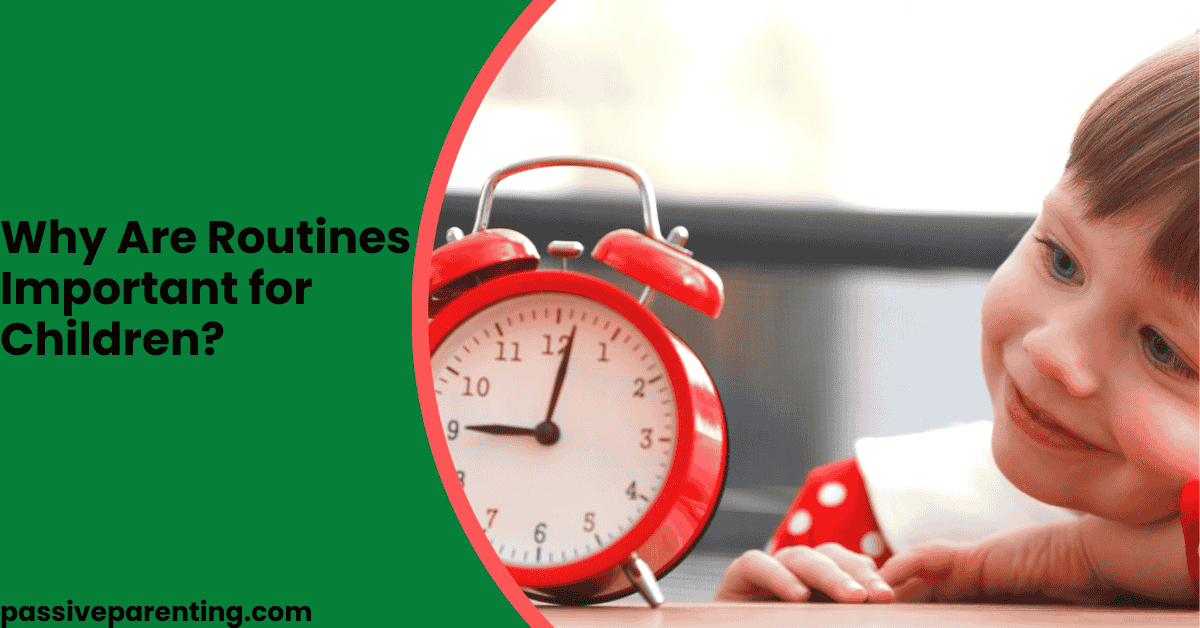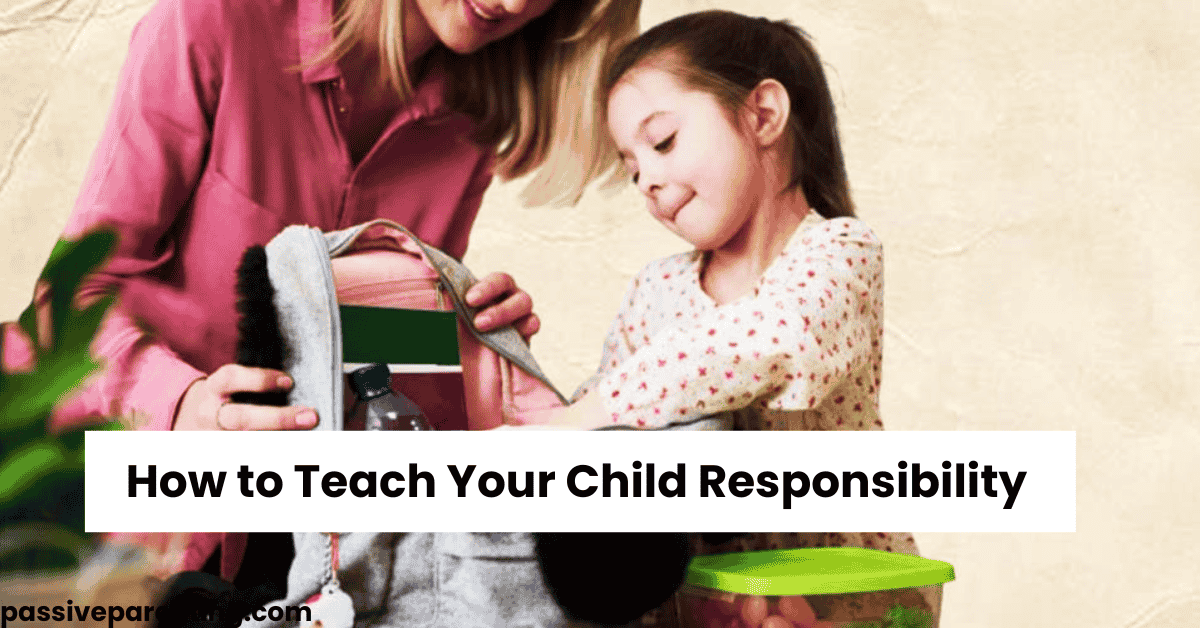Life with kids is full of surprises, but a steady rhythm can make family life calmer and healthier. Why is routine important for a child? Experts say predictable daily patterns give children security and confidence, whether they’re toddlers or teens. This article explores the science, compares different approaches, and offers practical tools to create routines that work for your family.
How Routines Support a Child’s Development
A reliable daily schedule benefits every stage of childhood, from babies to high-schoolers. Here’s what the research shows:
- Emotional security: Knowing what to expect lowers stress hormones and anxiety (HealthyChildren).
- Healthy habits: Consistent meal, play, and sleep times support growth and mood regulation.
- Stronger self-control: Predictable transitions teach time management and responsibility.
- Better family connection: Shared rituals like family dinners foster communication.
Why Is Routine Important for a Child at Different Ages?
Routines look different as kids grow, but their core benefits remain.
Infants and Toddlers
- Consistent nap and feeding times regulate biological rhythms.
- Familiar bedtime rituals ease separation anxiety.
Preschool and Early School Age
- Morning and bedtime routines reduce power struggles.
- Predictable chores build early responsibility.
Tweens and Teens
- Study and screen-time schedules help manage school pressures.
- Family check-ins keep communication open during adolescence.
Building a Healthy Daily Routine
Parents can tailor routines to fit their household. Start with these fundamentals:
Key Daily Anchors
- Morning: Wake-up, hygiene, breakfast
- Daytime: Meals, learning or school, play
- Evening: Dinner, wind-down, bedtime
Steps to Create Your Routine
- Observe natural rhythms: Note when your child is most alert or tired.
- Set priorities: Identify must-do tasks (meals, sleep, homework).
- Write and display: Use charts or apps so everyone sees the plan.
- Review weekly: Adjust for school changes or special events.
Parent Checklist for Smooth Routines
Before You Begin
- Confirm key daily anchors (meals, sleep)
- Choose visual tools (calendar, routine chart)
During Implementation
- Introduce one change at a time
- Involve kids in decision-making
- Offer gentle reminders instead of commands
Ongoing
- Celebrate small wins (on-time bedtime, chore completion)
- Revise when school or work schedules shift
Quick Do/Don’t Box
Do
- Make routines age-appropriate
- Include fun rituals (storytime, family walk)
- Stay flexible for special occasions
Don’t
- Over-schedule every minute
- Punish when a routine slips
- Ignore your child’s feedback
Comparing Approaches to Routine
| Approach | Best For | Key Tip |
|---|---|---|
| Structured | Families needing predictability | Set clear times and keep visual charts |
| Flexible | Parents with varying shifts | Focus on sequence, not strict clock times |
| Hybrid | Most households | Keep fixed anchors (meals, bedtime) but adapt around them |
The NHS notes that either structure or flexibility can work, as long as children know what to expect next.
Handling Common Challenges
When Schedules Change
- Travel, illness, or holidays can disrupt routines.
- Keep one or two anchors (bedtime story, morning hug) consistent.
When Kids Resist
- Offer choices: “Brush teeth before or after pajamas?”
- Use positive reinforcement rather than threats.
With Multiple Kids
- Set shared family anchors, then customize individual needs like nap times.
If stress or sleep issues persist, consult a pediatrician or check Mayo Clinic guidance to know more about sleep disorders. Children feel more secure and confident when their world is predictable — like taking a regular Korean language level test helps learners build structure, progress, and self-assurance.
Conclusion: Why Is Routine Important for a Child?
Daily structure gives children a sense of security, supports healthy habits, and makes family life more manageable. Whether you choose a structured, flexible, or hybrid routine, the key is predictability with warmth. By starting small and staying consistent, you’ll help your child build confidence and self-regulation that last well beyond childhood.



